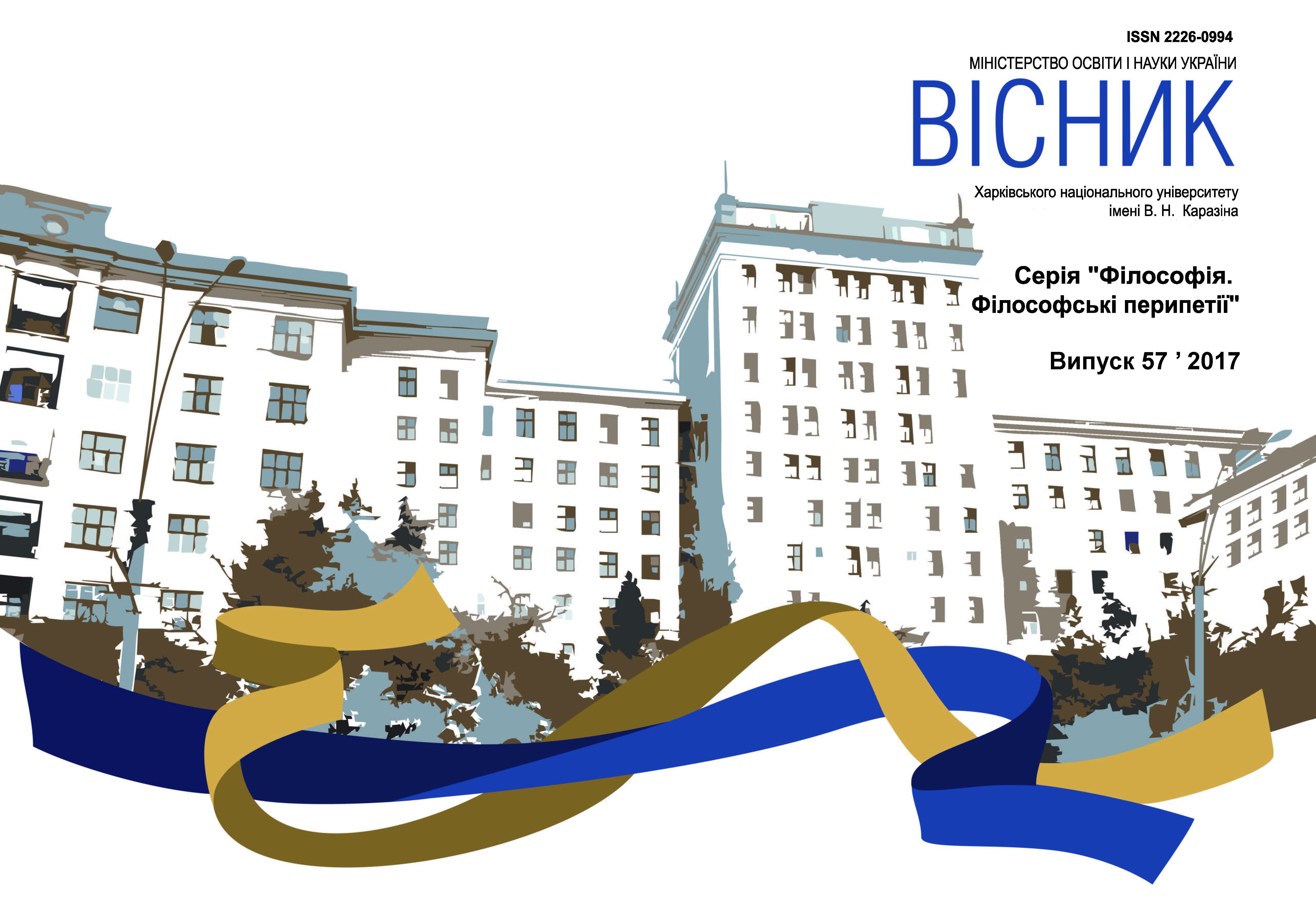HISTORICAL FORMS OF INDIVIDUAL DEVIATION
Abstract
It is shown that the existence of any society is characterized by the presence of deviations from legal, moral and other norms, and the study of the features and etymology of these deviations is the important scientific and practical task. The aim of the article is to clarify and classify the main historical forms of individual deviation, establish the features of their evolution and transformation. In the main part the evolution of individual forms of deviation is considered. The following types of individual deviance are singled out: the sacral (shaman, magician, sorcerer), sacralized (holy fool, dervish, saint), secular (buffoons, dandies, representatives of the underground). It is proved that individual deviation is always formalized and expressed semantically by means of special symbols, such as clothes; attitude to the forms of everyday life; semantics of gesture and gestural subculture; style of life, style of thinking and speech, language subculture. It is shown that deviants demonstrate two variants of deviation: passive and active. It is noted that, in comparison with collective deviation, individual deviance due to its locality has less social effect, including destructive, but it is no less significant, so far as in positive forms it has the great creative effect, contributing to the development and humanization of culture and society as a whole.
Downloads
References
Апинян Т. Игра в пространстве серьезного: Игра, миф, ритуал, сон, искусство и другие / Т. А. Апинян. – СПб. : С.-Петерб. гос. консерватория ; Рос. гос. пед. ун-т ; Ин-т нар. Севера ; изд-во СПб. ун-та, 2003. – 398 с.
Бахтин М. М. Творчество Франсуа Рабле и народная культура средневековья и Ренессанса : [монография ; 2-е изд.] / М. М. Бахтин. – М. : Художественная литература, 1990. – 543 с.
Восхождение к Дао : [сборник] / [сост. и авт. послесл. В. В. Малявин]. – М. : Наталис,1997. – 399 с.
Гаусрат А. Средневековые реформаторы: Арнольдисты. Вальденцы. Франциск Ассизский. Сегарелли. Дольчино / А. Гаусрат ; [пер. с нем. ; 2-е изд.]. – М. : Либроком, 2012. – 328 с.
Даркевич В. П. Народная культура средневековья: светская праздничная жизнь в искусстве IX–XVI вв. / В. П. Даркевич. – М. : Наука, 1988. – 344 с.
Захаренко Е. Н. Андеграунд, андерграунд / Е. Н. Захаренко, Л. Н. Комарова, И. В. Нечаева // Новый словарь иностранных: 25 000 слов и словосочетаний. – М. : Азбуковник, 2003. – С. 988.
Католическая энциклопедия. – М. : Изд-во францисканцев, 2002. – Т. I : А – З – М. – 1906 с.
Курочкін О. В. Скоморохи / О. В. Курочкін // Енциклопедія історії України : [у 10-ти т.] / [редкол.: В. А. Смолій (голова) та ін.]. – К. : Наук. думка, 2012. – Т. 9. – С. 610.
Лешан В. Ю. Основи релігієзнавства : [підручник] / В. Ю. Лешан. – Чернівці : Рута, 2005. – 304 с.
Ницше Ф. Антихристианин / Ф. Ницше ; [пер. с нем.] // Ницше Ф. Сумерки богов / [сост. и общ. ред. А. А. Яковлева]. – М. : Политиздат, 1989. – С. 17 – 93.
Панченко А. М. Юродивые на Руси / А. М. Панченко // Русская история и культура: Работы разных лет. – СПб. : Юна, 1999. – С. 392–407.
Тайлор Э. Б. Миф и обряд в первобытной культуре / Э. Б. Тайлор ; [пер. с англ. Д. А. Коропчевского]. – Смоленск : Русич, 2000. – 624 с.
Тейс Л. Наследие Каролингов. IX – X века / Л. Тейс ; [пер. с фр. Т. А. Чесноковой]. – М. : Скарабей, 1993. – 272 с.
Шаманизм народов Сибири. Этнографические материалы XVIII – ХХ вв. : [хрестоматия] / [сост., вступ. ст., исслед., прилож., заключ., подбор илл. Т. Ю. Сем]. – СПб. : Филологический факультет СПбГУ, 2006. – 664 с.
Authors who publish with this journal agree to the following terms:
- Authors retain copyright and grant the journal right of first publication of this work under the terms of a license Creative Commons Attribution License 4.0 International (CC BY 4.0).
- Authors are able to enter into separate, additional contractual arrangements for the non-exclusive distribution of the journal's published version of the work (e.g., post it to an institutional repository or publish it in a book), with an acknowledgement of its initial publication in this journal.
- Authors are permitted and encouraged to post their work online (e.g., in institutional repositories or on their website) prior to and during the submission process, as it can lead to productive exchanges, as well as earlier and greater citation of published work.






3.gif)




